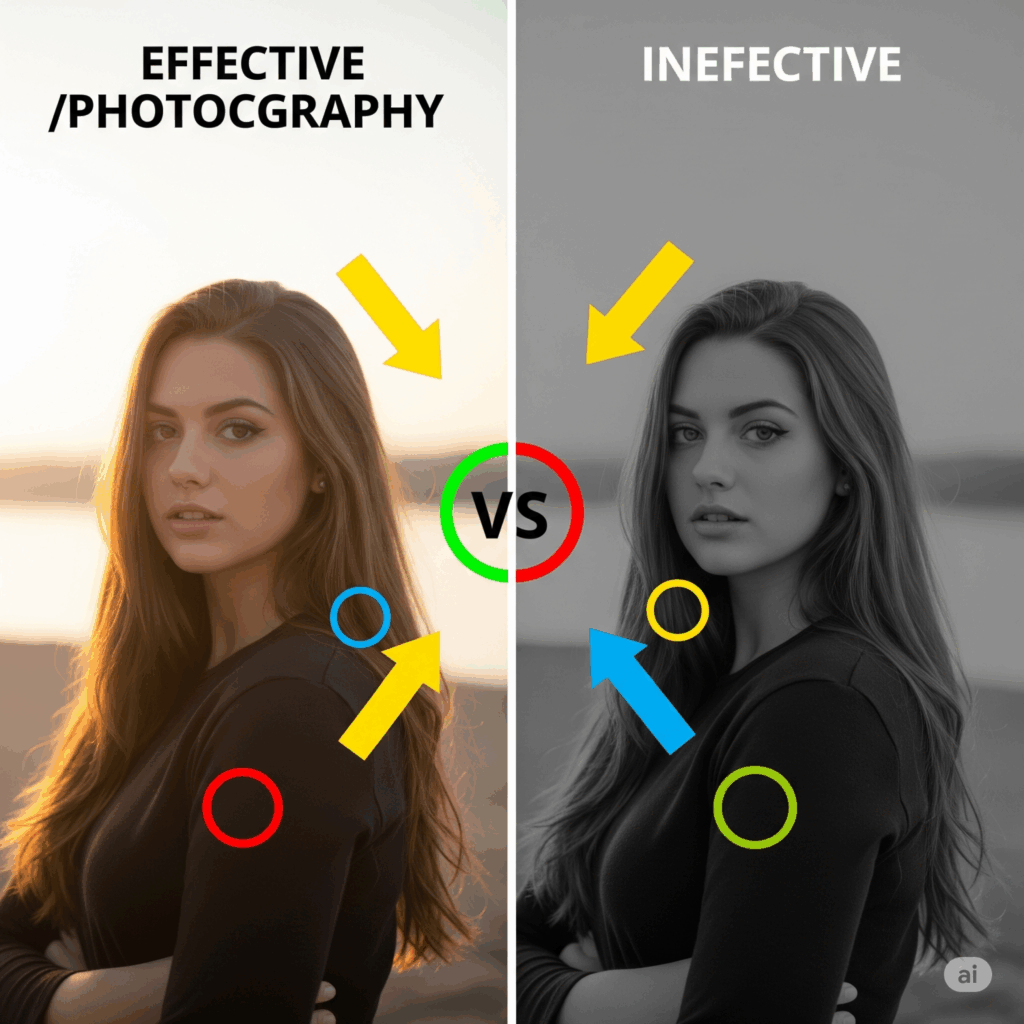Lights, Camera, Action! Mastering the Art of Filming and Photography at Home
High-quality visuals are paramount in the world of adult content. Whether you’re capturing stunning photosets or engaging video clips, mastering the fundamentals of filming and photography will significantly enhance your content and captivate your audience. You don’t need a professional film crew or an elaborate studio to create compelling visuals at home. By focusing on key techniques, you can elevate your production value and make your content truly shine.
1. The Power of Lighting: Shaping Your Image #
As discussed previously, good lighting is crucial. Here’s a deeper dive into practical application:
- Harnessing Natural Light: Position yourself near a window to utilize soft, diffused natural light. Avoid direct sunlight, which can create harsh shadows. Use sheer curtains to diffuse the light further.
- Strategic Use of Artificial Light:
- Ring Lights: Position directly in front of you for even facial illumination, especially for close-ups and talking-head videos.
- Softboxes: Place to the side and slightly in front of you (or on both sides) to create soft, flattering light that wraps around your features. Experiment with the distance and angle.
- Fill Lights: Use a smaller light source or reflector to bounce light into shadows and create a more balanced look.
- Experiment with Color Temperature: Some lights allow you to adjust the color temperature (warm vs. cool). Experiment to find what looks best on your skin tone and the mood you want to create.
2. Framing the Shot: Understanding Angles and Composition #
How you frame your shot significantly impacts the visual appeal and the story you tell.
- Camera Angles:
- Eye-Level: Creates a direct and engaging connection with the viewer.
- Low Angle: Can make you appear more dominant or powerful.
- High Angle: Can make you appear more vulnerable or smaller.
- Dutch Angle (Tilting the Camera): Can create a sense of unease or dynamism (use sparingly).
- Composition Basics:
- Rule of Thirds: Imagine dividing your frame into nine equal sections with two horizontal and two vertical lines. Placing your subject or points of interest along these lines or at their intersections often creates a more balanced and visually appealing composition.
- Leading Lines: Use natural or artificial lines within your scene to draw the viewer’s eye towards your subject.
- Negative Space: The empty areas around your subject can create a sense of balance and focus attention.
- Symmetry and Patterns: Utilizing symmetry or repeating patterns can create visually pleasing and harmonious compositions.
3. Directing Yourself: Posing and Performance for the Camera #
When you’re your own director, it’s essential to be mindful of your body language and expressions.
- Posing for Photos:
- Angles are Your Friend: Avoid standing or sitting directly facing the camera. Angling your body can create more flattering lines.
- Engage Your Core: This helps you maintain good posture and look more confident.
- Play with Levels: Experiment with different heights and positions.
- Focus on Expression: Your eyes are the window to your soul. Connect with the camera.
- Practice Makes Perfect: Don’t be afraid to experiment in front of a mirror to find your best angles and poses.
- Performing for Video:
- Energy and Enthusiasm: Bring your personality to the screen.
- Eye Contact: Look directly into the camera lens as if you’re speaking to a specific person.
- Vary Your Pace and Tone: Keep your delivery engaging.
- Use Natural Gestures: Don’t be afraid to use your hands and body language to enhance your message.
- Plan Your Shots: Before you hit record, have a basic idea of what you want to convey in each shot.
4. Solo vs. Collaboration: Considerations #
- Filming Solo: Utilize tripods, remote shutters, and camera timers to capture the shots you need. Plan your setup carefully.
- Collaborating with Others: Clear communication, mutual respect, and established boundaries are essential. Ensure everyone involved is comfortable and has given consent. Be mindful of legal considerations like model releases.
Practice and Experimentation are Key #
Mastering filming and photography techniques takes time and practice. Don’t be afraid to experiment with different setups, angles, and lighting arrangements. Review your footage and photos critically, learn from each session, and continuously strive to improve the visual quality of your at-home adult content.





